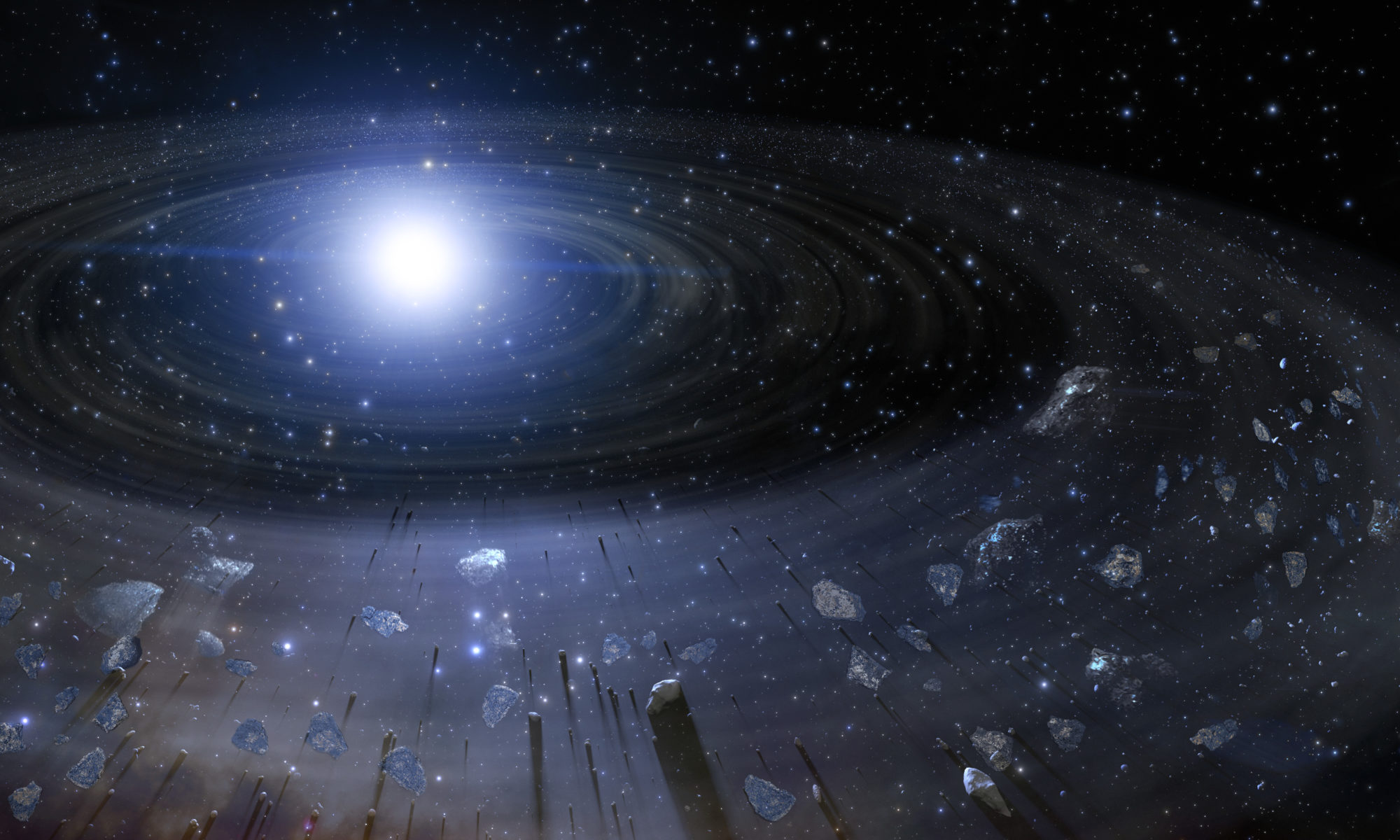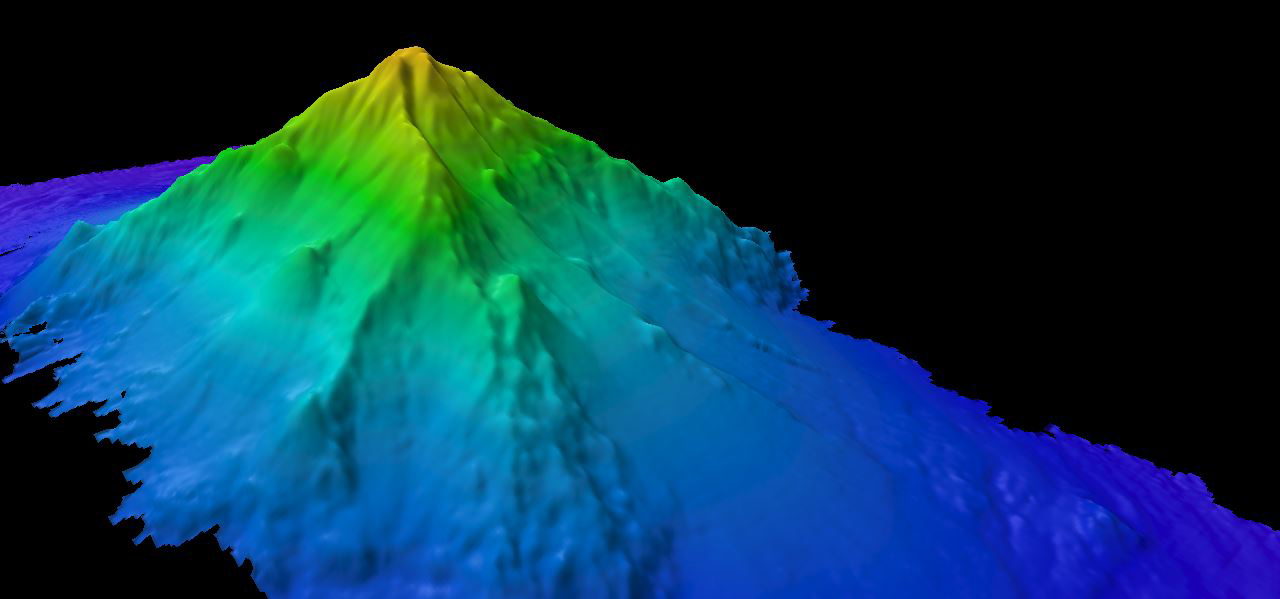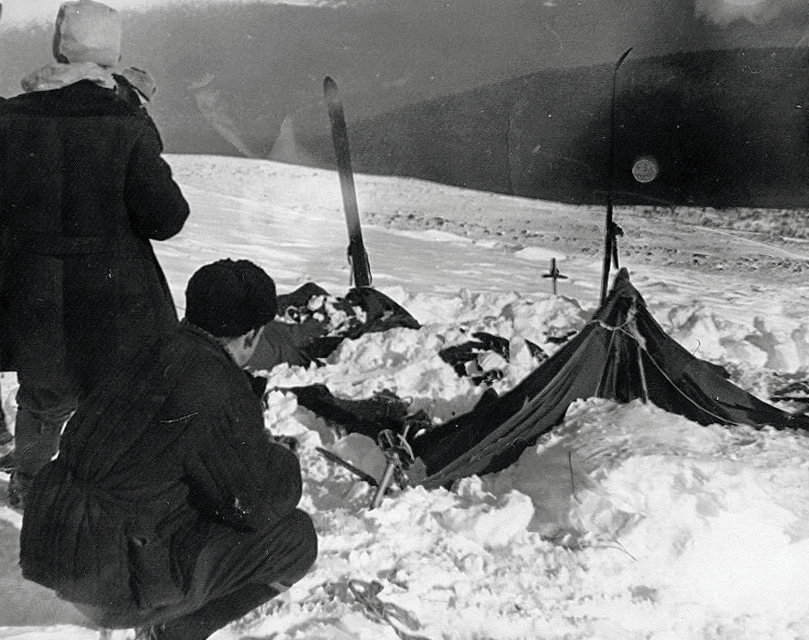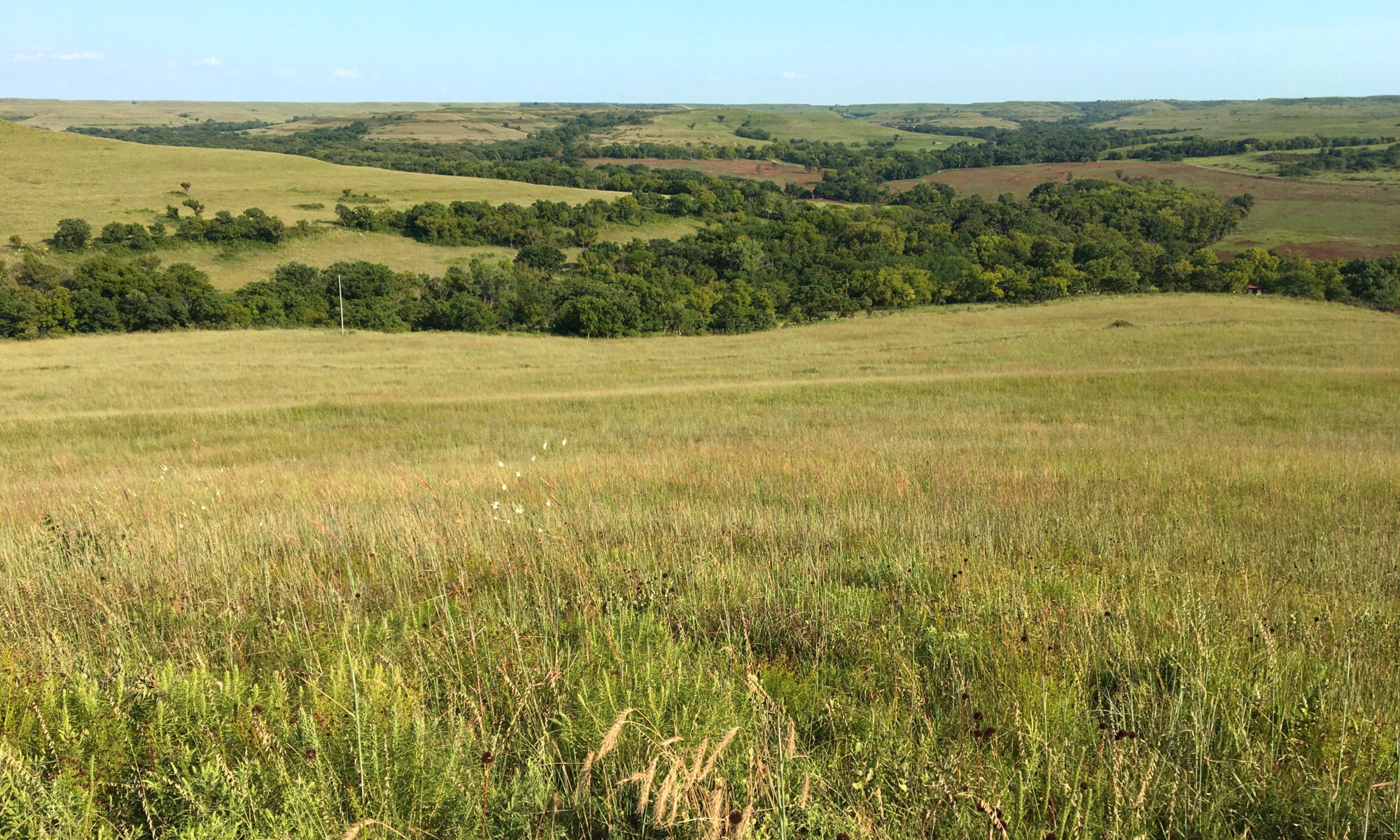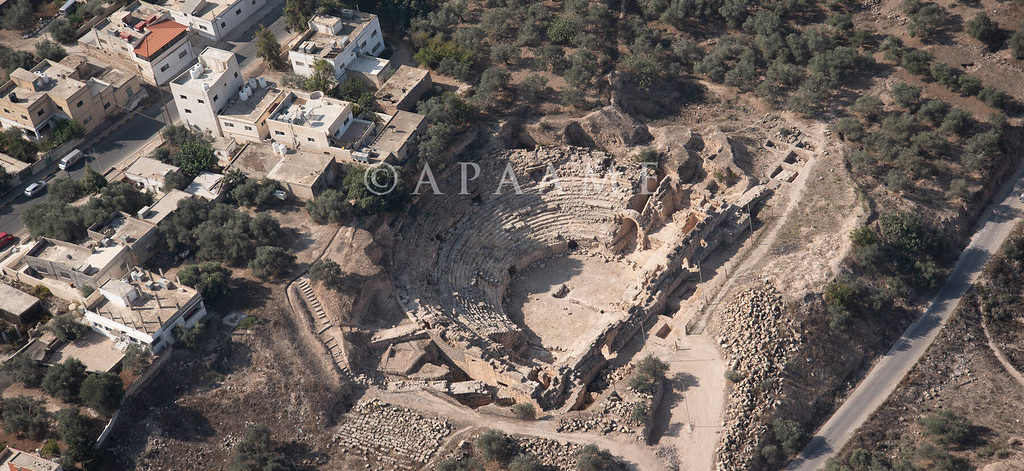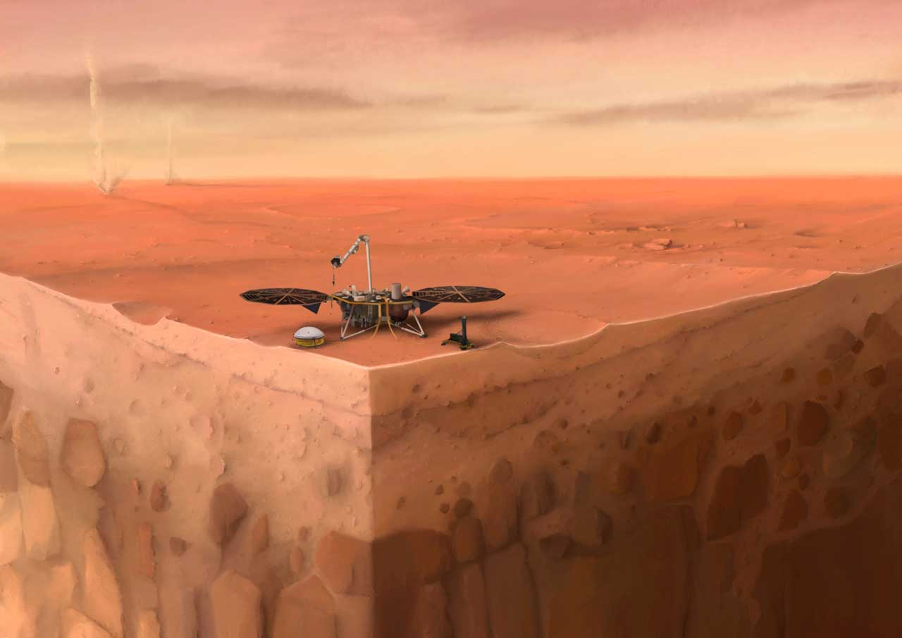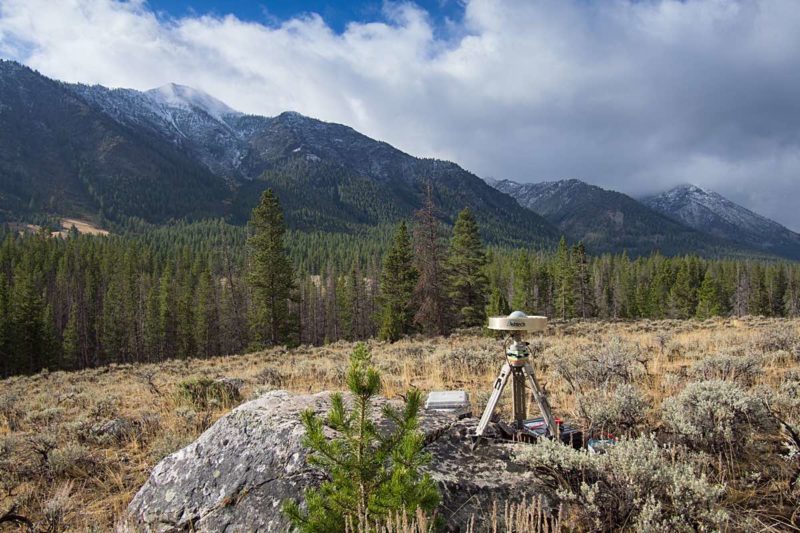Featuring image: White dwarf make perfect natural mass spectrometer, more powerful as any instrument on Earth. Can they help us to learn about exoplanets? NOIRLab/NSF/AURA/J. da Silva, Creative Common (CC BY 4.0)
Paper: Polluted white dwarfs reveal exotic mantle rock types on exoplanets in our solar neighborhood
Authors: K. D. Putirka and S. Xu
For a long time, geologist were only able to study rocks on the ground. We extended this knowledge to our neighbouring planets. Now finally, scientist have found a way to study rocks from planets far away, using the light of their host stars. And they look very strange.
Over the last 30 years, exoplanets have evolved from mere theory into a fantastic reality. Today we know that nearly all stars host at least one exoplanet and even exoplanets with an Earth-like mass are relatively common. Still, we know very little about the geology of these worlds. In a new study, Keith Putirka and Siyi Xu were able to observe and compare the mineralogy of exoplanets to that of the rocky planets in the solar system. Surprisingly, these exoplanets exhibit types of mineralogy unlike any we have known before.
Continue reading “Do we need new types of geology to understand exoplanets?”
